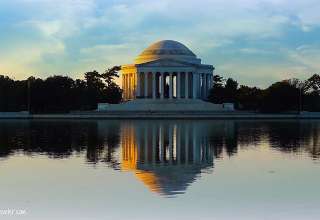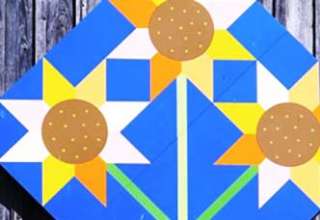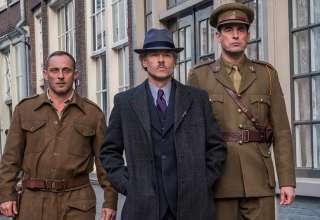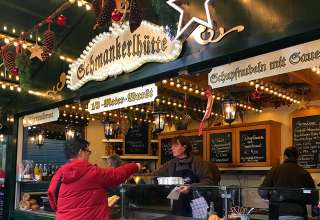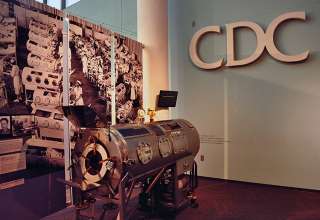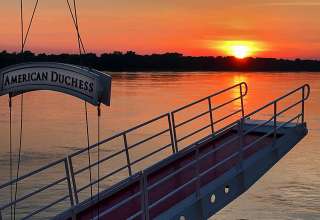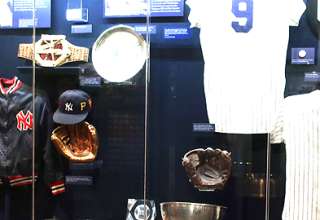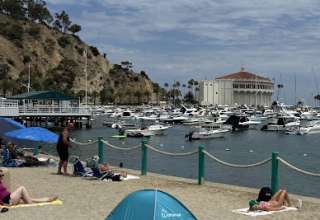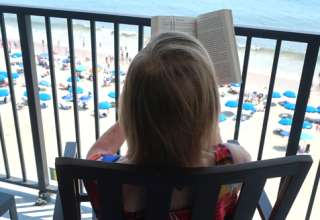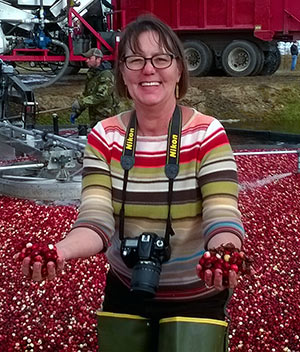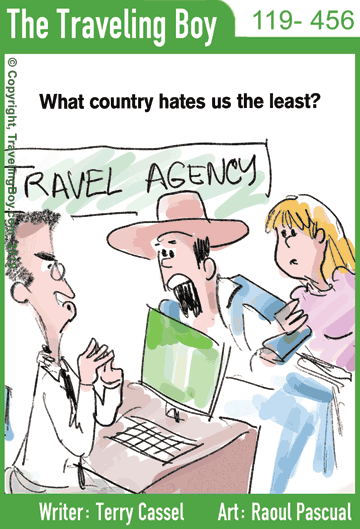You can’t call it “Bland Rapids” anymore.
Every fall, the most attended free public art event in the world turns Grand Rapids, Mich., — once the butt of jokes for its sleepy status as Michigan’s second city — into a hip, cutting-edge community that celebrates creativity.
ArtPrize, an unorthodox international arts competition takes over this city of 196,000 for 19 days in late September and early October bringing in more than 500,000 visitors.
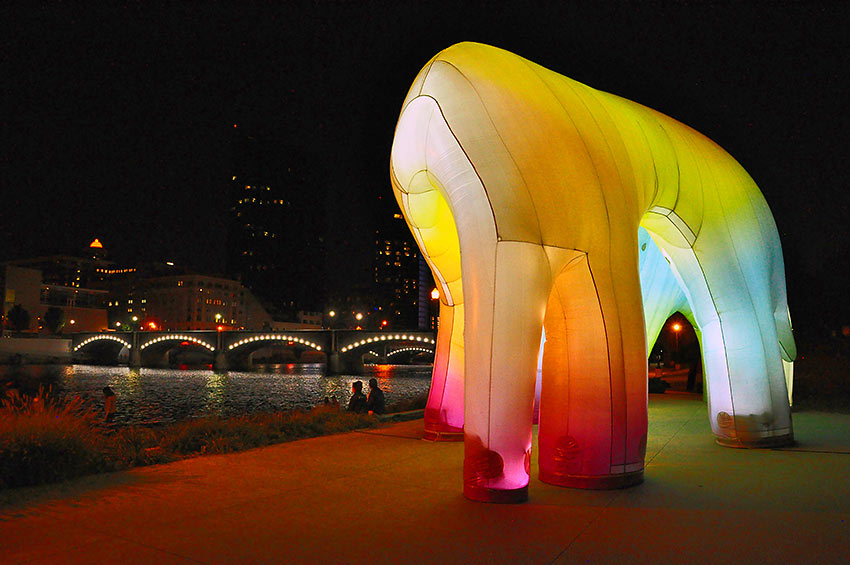
An inclusive, grass-roots approach sets ArtPrize apart. It thumbs its nose at typical highly curated art competitions by putting out an open call for artists here and abroad. Anyone over age 18 can apply. And any venue within ArtPrize boundaries can offer to showcase artwork. More than 1,200 works are usually displayed, most within a walkable three square miles downtown. Museums and public buildings are included, of course, but also shops, hotels, restaurants. Past ArtPrize venues have included odd places to find art, like an auto body shop, a Laundromat, hospital, a police station and the Department of Corrections. All must remain open daily — even corporate offices normally closed to the public — with no admission charge.
ArtPrize isn’t for art snobs, just your selfie-snapping average joes. Families turn out, parents pushing strollers while kids run around outdoor sculptures. Girlfriends on a getaway mill about, choosing their favorite works. Multigenerations come together, grandparents taking a toddler by the hand for a closer look at a painting. Couples make a day of it, some in wedding clothes posing with outsized murals to mark their special day.
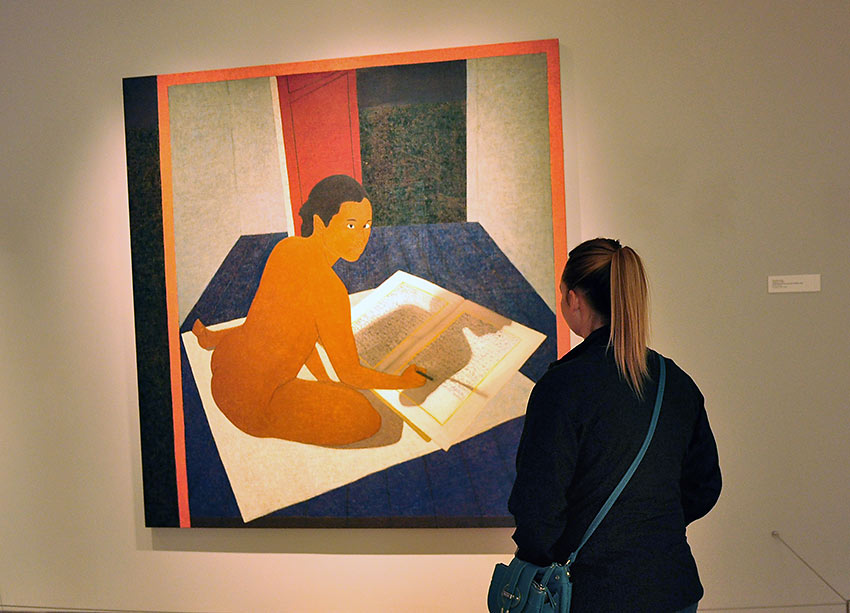
A half million dollars in prize money is awarded, including a $200,000 prize awarded entirely by public vote and another $200,000 prize awarded by a jury of art experts. Any artist working in any medium from anywhere in the world can participate. Works fall into four categories: two-dimensional, 3-D, installations dependent on the site where they appear, and time-based works.
The money is nice, of course, but artists also enter ArtPrize for the exposure and come home with commissions. Sometimes they stick around their creations, passing out business cards and chatting up visitors.
How did a world-class event in the art world end up in Grand Rapids, Mich.? Perhaps its history as a furniture-manufacturing center created a culture of craftsmanship. And it never hurts to have wealthy families supporting the arts.
One such family member launched the first ArtPrize in 2009. Entrepreneur Rick DeVos, whose grandfather co-founded the Amway company, wanted a populist art competition with the world’s largest art prize. So many people showed up that first year restaurants ran out of food by the first Sunday and had to close. Hotels ran out of rooms by the next Sunday.
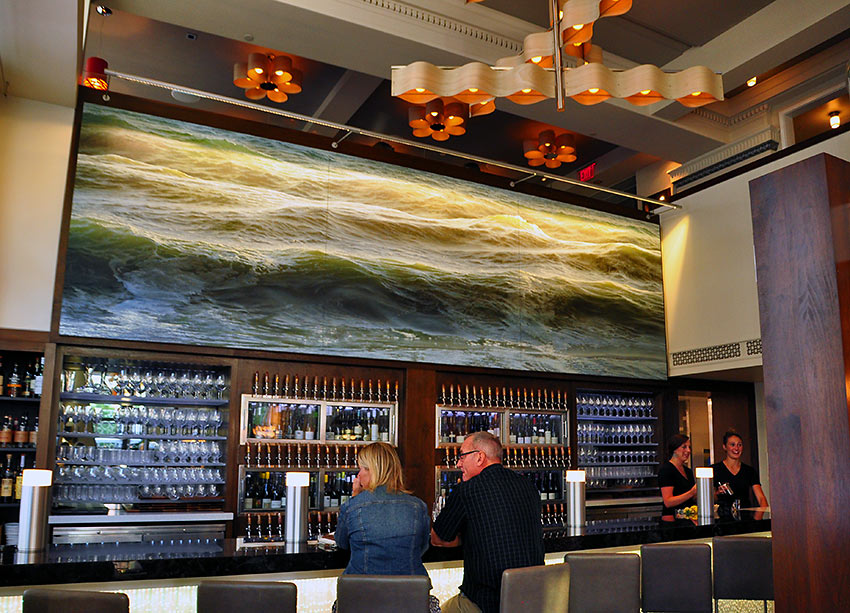
The inaugural prize winner, Brooklyn artist Ran Ortner, had been living on ramen noodles, his phone turned off for nonpayment. Now he has six employees and his works have hung in the United Nations and the World Trade Center. His winning entry, the painting “Open Water No. 24,” remains in Grand Rapids hanging above the bar at Reserve Wine & Food, a restaurant owned by the DeVos family.
The works of several former contestants still can be seen in the city. Several outdoor murals remain from past years, including the Acton Building’s “Metaphorest” a 40-foot-tall mosaic mural by Chicago artist Tracy Van Duinen. “Sweeper’s Clock,” a video showing long piles of garbage being swept to form the hands of an analog clock face, has been added to the permanent collection at the Grand Rapids Art Museum.
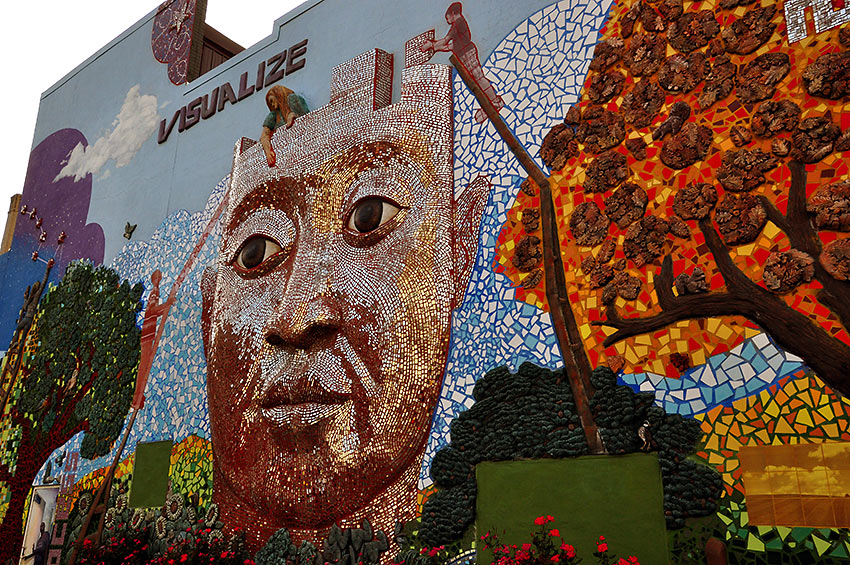
Grand Rapids has plenty of other works of art not related to ArtPrize. The Grand Rapids Art Museum has more than 5,000 and the Gerald R. Ford Presidential Library & Museum has historical photographs and artifacts and serves as an ArtPrize venue. Frederik Meijer Gardens & Sculpture Park, one of the few ArtPrize venues outside of downtown, sits on 158 acres on the northeast side of the city. Among more than 200 sculptures in the permanent collection, the 24-foot-tall “The American Horse” attracts the most attention. Partly inspired by the work of Leonardo da Vinci, artist Nina Akamu formed two casts of a figure of a horse, this one and another in Milan, Italy.
In the heart of downtown, the urban park Rosa Parks Circle comprises three circular forms designed by Maya Lin, creator of the Vietnam Veterans Memorial in Washington, D.C. Alexander Calder’s 42-ton metal sculpture “La Grande Vitesse” in his signature red stands in a plaza outside the Grand Rapids City Hall.
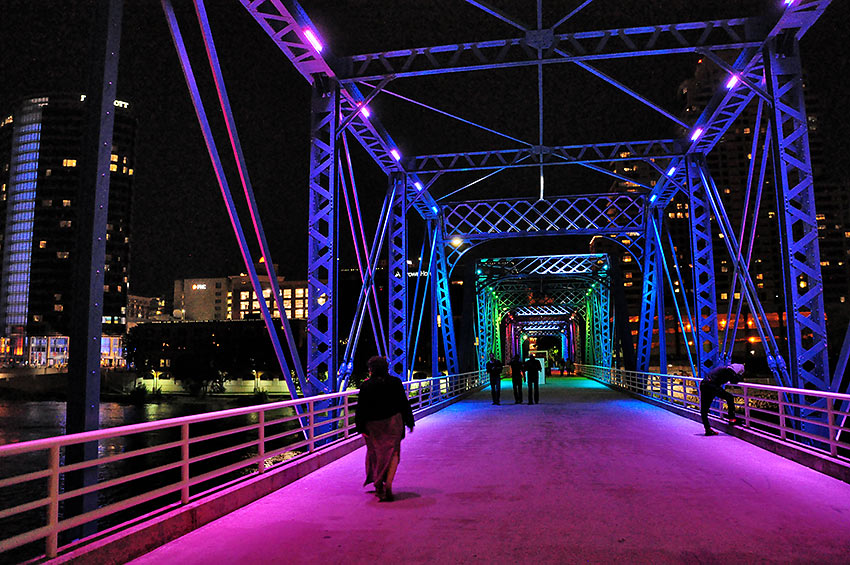
A festival atmosphere prevails during ArtPrize with musical performances and buskers on the city’s iconic Blue Bridge, a 19th-century railroad bridge turned pedestrian pathway over the Grand River. Art lectures and panel discussions, as well as screenings of feature-length films, fill out the ArtPrize schedule of events.
And budding artists can make their own art in a variety of hands-on programs for all ages, including the littlest visitors. Who knows, some of these tiny hands may shape a prize-winning entry one day.
Information:
Experience Grand Rapids, 800-678-9859
